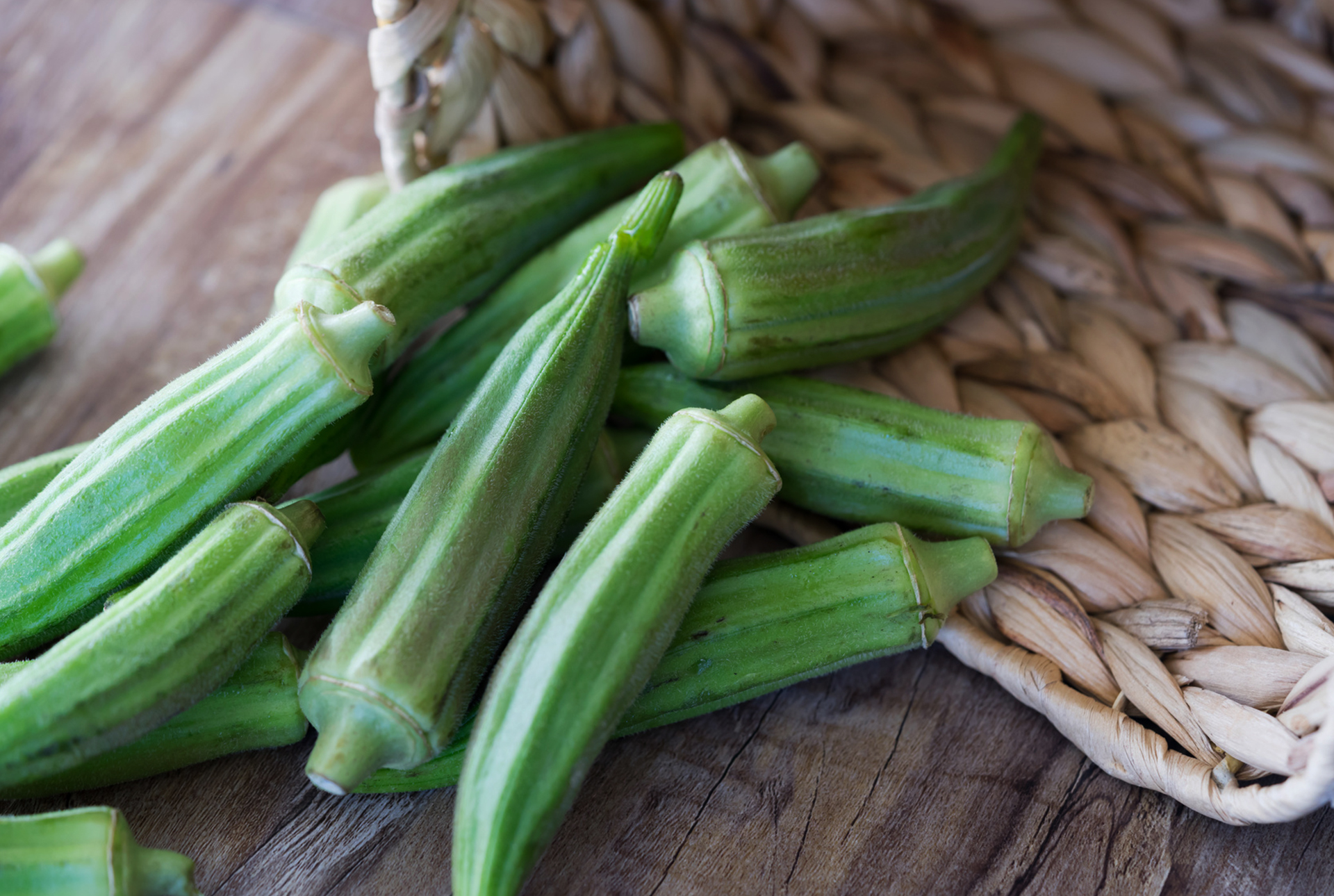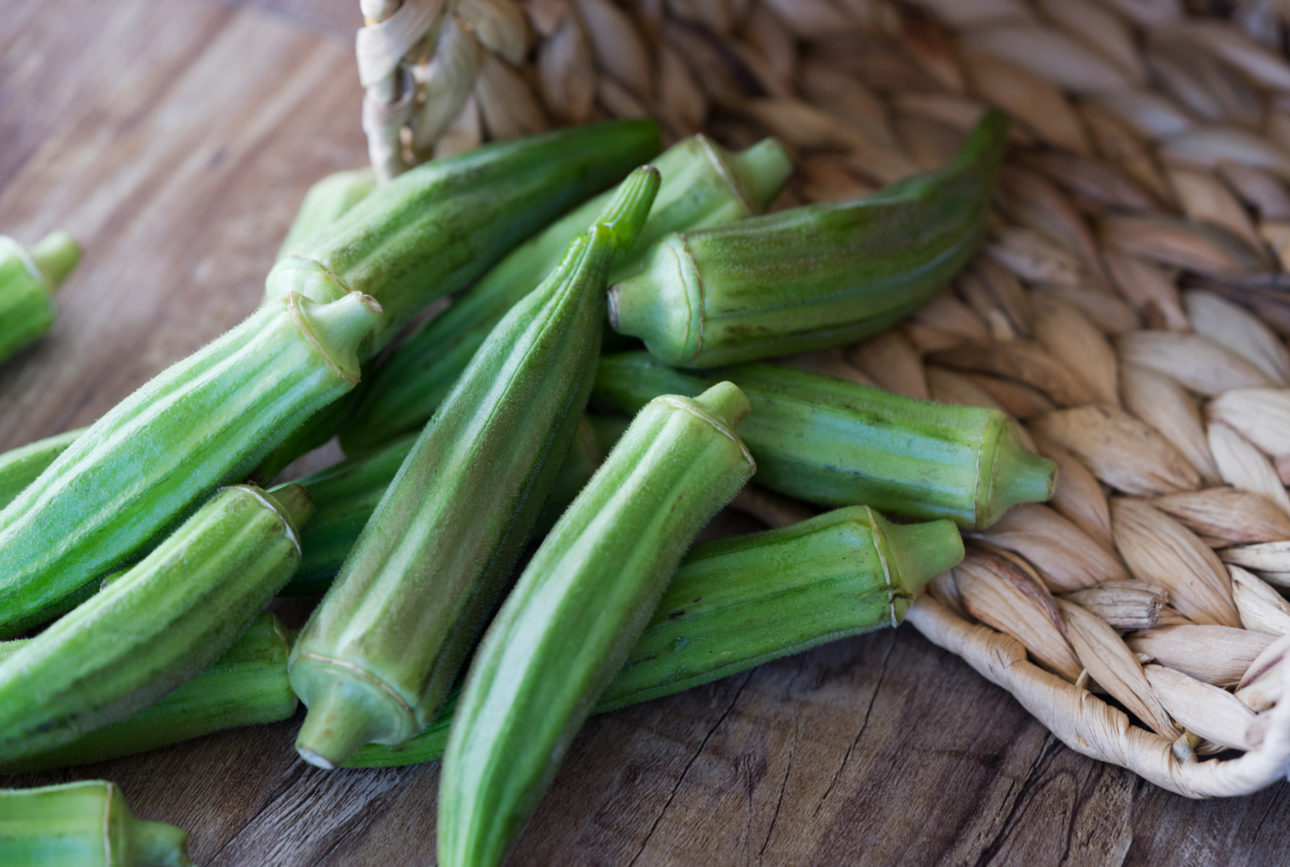
Similar to zucchini, okra is delicately flavored and perfect to pair with curry and chili.
Origin
Originally from tropical Africa and cultivated in hot countries, okra is also known as ladies’ fingers and bhindi, or quiabo in some parts of Brazil. Okra grows naturally in tropical and subtropical climates, but is also taking hold in Italy – especially in Sicily. Its color and shape is somewhere between a chili pepper and a zucchini. It is common in Indian, Brazilian and Turkish cuisine, and it also arrived in the southern United States by way of slaves from Africa. Previously unpopular in Italy because it was considered ‘poor’ food, in recent years it’s been gaining popularity due to its multiple nutritional properties. It’s very rich in vitamins: from A to B6, as well as thiamin, vitamin C, folic acid, riboflavin, calcium, zinc and plenty of fiber.
Cookit
Okra is used in several cuisines and can enhance many dishes when paired with curry and chili. But first, you need to know how to clean it. Trim off the tips, and to prevent it from becoming slimy when cooked, soak it in water and vinegar. If you don’t have much time, cut it into slices and cook it in a skillet. It only takes a few moments to cook. Otherwise, try it breaded or cooked au gratin. If you want to make a Cajun or Creole style stew (like gumbo), cut it into evenly sized pieces after trimming. To prevent it from producing the gelatinous substance, cook it whole
Did you know that?
Rich in vitamins A and C, you can use every part of it. Besides being used for cooking, its fibrous stem can be used to make textile fiber, and a sticky substance can be extracted from its roots that is used as an emulsifier. How do you clean okra? If it’s young, you don’t need to remove the fuzz before cooking, otherwise clean it under running water. Wipe the pods gently with a nylon sponge, paper towel or vegetable brush and leave to dry.




